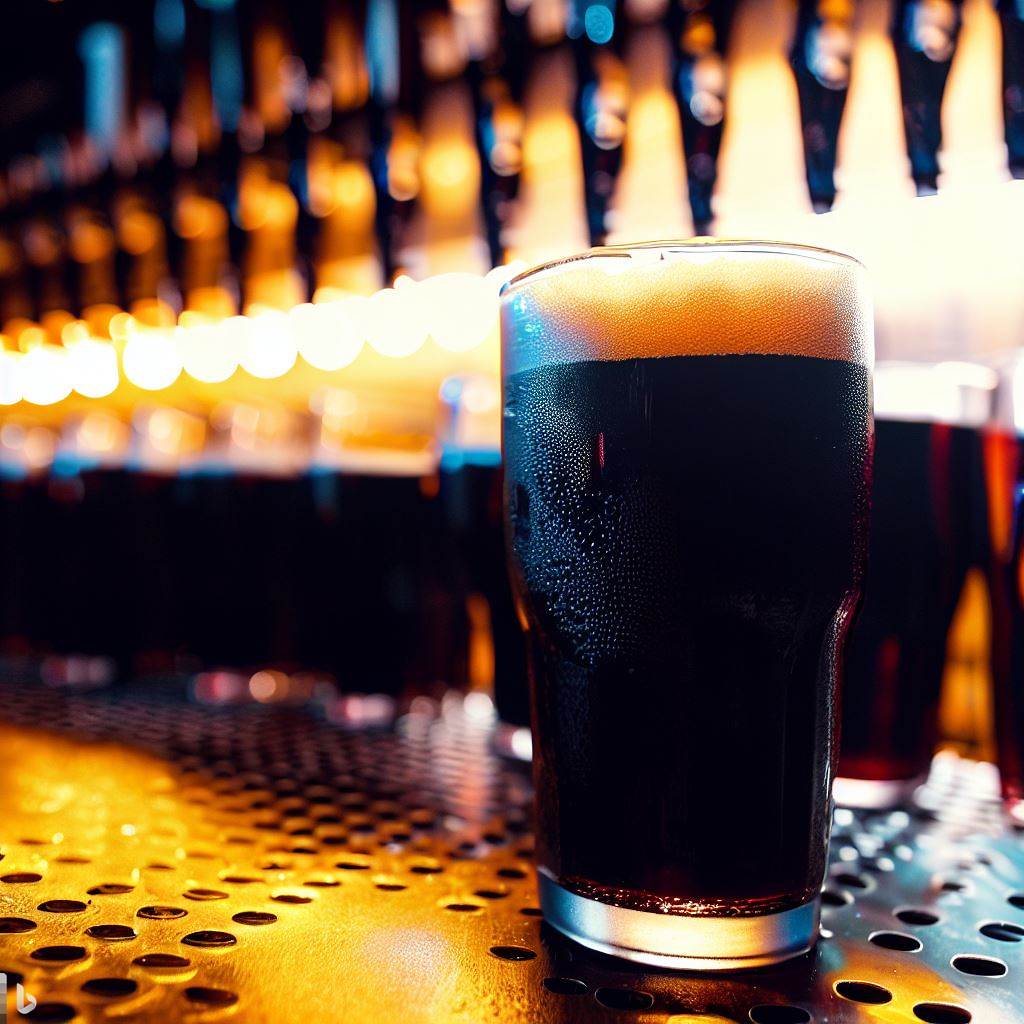Beer is one of the world’s oldest and most beloved beverages. Over the centuries, brewers have developed a wide variety of beer styles, each with its own unique history, ingredients, and characteristics. I believe that learning about different beer styles is essential to appreciate the beverage even more and to become a better beer connoisseur.
History of Beer Styles
Beer has been brewed for thousands of years, with the earliest recorded evidence of beer production dating back to ancient civilizations such as the Sumerians and Egyptians. Over time, different brewing techniques and ingredients have been developed, leading to the creation of many different beer styles.
As a beer taster, I think it’s fascinating to learn about the evolution of beer styles over time. For example, in the Middle Ages, beer was typically brewed in monasteries and was known for its high alcohol content and rich, malty flavor. In the 19th century, the invention of pale malt led to the creation of pale ales and lagers, which are still popular styles today. Today, there are hundreds of different beer styles, with new ones being created all the time. From traditional European styles to newer American styles, there’s always something new to discover.
Ingredients of Beer Styles
The ingredients used in beer vary depending on the style. However, all beer is made from four basic ingredients: water, malted barley, hops, and yeast.
As a beer taster, I know that the quality of each ingredient used in brewing plays a vital role in the final taste of the beer. Water makes up the bulk of beer, and different types of water can affect the flavor of the final product.
Hard water, for example, can give beer a more bitter flavor, while soft water can result in a smoother taste. Malted barley is also an essential ingredient as it provides the sugars necessary for fermentation. Barley is malted by soaking it in water and then drying it, which activates enzymes that break down the starches into sugars. The malted barley is then mashed with water to create wort, which is the liquid that is fermented to create beer.
Hops are the flowers of the hop plant, and are used to add bitterness, flavor, and aroma to beer. As a beer taster, I’ve learned that different types of hops can impart different flavors and aromas, ranging from citrus and pine to earthy and spicy. Finally, yeast is a type of fungus that ferments the sugars in the wort, producing alcohol and carbon dioxide. Different strains of yeast can produce different flavors and aromas, ranging from fruity to spicy.

Characteristics
Beer styles are often categorized based on their color, bitterness, and alcohol content. As a beer taster, I pay attention to these characteristics when evaluating a beer’s taste profile. Some of the most popular beer styles include:
- Pilsner: A light-colored beer that is crisp and refreshing, with a moderate to high hop bitterness.
- Stout: A dark beer that is rich and full-bodied, with a roasted malt flavor and a creamy texture.
- IPA (India Pale Ale): A hoppy beer that is typically amber or copper-colored, with a high bitterness and a floral or citrusy aroma.
- Wheat beer: A beer made with a significant portion of wheat malt, which gives it a hazy appearance and a light, refreshing flavor.
- Porter: A dark beer that is similar to stout, but typically less bitter and more malt-forward.
As a beer taster, I have come to appreciate the complexity of beer styles and the unique characteristics that differentiating between beer styles
One of the best ways to differentiate between beer styles is to taste them side by side. Pay attention to the color, aroma, flavor, and mouthfeel of each beer, and compare them to the characteristics of the style. For example, a pilsner should be light in color, crisp, and refreshing, while a stout should be dark, rich, and full-bodied.
It’s also helpful to understand the different types of malt and hops used in each style of beer. For example, the malt used in a pilsner is typically lighter and less caramelized than that used in a stout or porter. This results in a lighter color and milder flavor. Hops can also be a distinguishing factor between beer styles, with some styles featuring higher levels of hop bitterness or aroma than others.
Another way to learn about beer styles is to read about them. There are many books and online resources available that provide detailed information about different beer styles, including their history, ingredients, and characteristics. You can also attend beer tastings or visit local breweries to try different styles and learn more about the brewing process.

It’s also important to note that some beer styles may have variations or sub-styles within them. For example, within the IPA category, there are sub-styles such as American IPA, New England IPA, and Double IPA, each with their own unique characteristics.
In addition to taste and aroma, beer styles can also be differentiated by their alcohol content. Beers are typically categorized as light, medium, or heavy based on their alcohol by volume (ABV) percentage. Light beers have a lower ABV, while heavy beers have a higher ABV.
When tasting and evaluating different beer styles, it’s important to keep an open mind and be willing to try new things. Don’t be afraid to experiment with different styles and find what you enjoy most. With so many different beer styles to choose from, there’s something out there for everyone to enjoy.
Beer is a diverse and complex beverage with a rich history and many different styles. By exploring the different types of beer, including their history, ingredients, and characteristics, you can gain a deeper appreciation for the beverage and learn how to differentiate between different styles. So go ahead, try something new, and raise a glass to the wonderful world of beer.

